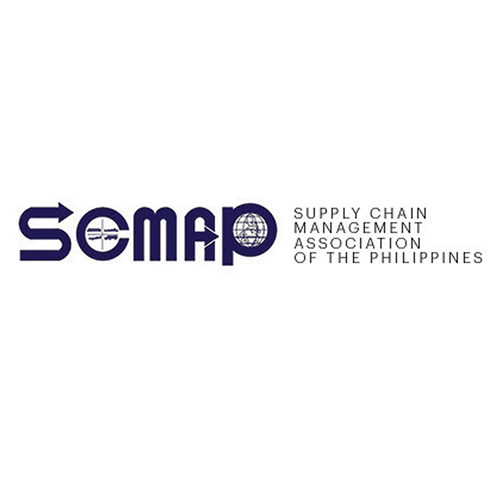Speaking to legislators a couple of weeks ago, socioeconomic planning secretary Karl Chua said that the spread of the Delta variant may delay the Philippines’ economic recovery, estimating that the country may only return to its pre-pandemic economic output in the first months of 2023.
Eighteen months into the pandemic, I personally can’t help but be more skeptical. Considering the pace of our efforts to manage the coronavirus, early 2023 may be a bit optimistic. Consider that, in the past couple of weeks, we have seen record numbers of new cases, now averaging 20,000 daily rather than the roughly 5,000 daily we saw at the beginning of the year. Hospitals are filling up. Health workers are overstretched and, in some cases, fed up. People are dying in their homes.
Consider that, despite our vaccine stockpile growing—including the Western brands some Filipinos may prefer—the number of actual vaccinations happening daily is actually shrinking. Some LGUs have had to resort to allowing non-residents to get inoculated rather than risk the drugs going past their expiration date.
Consider that there still doesn’t seem to be a roadmap to managing the disease, which would pave the way for a truly safe reopening of all economic activities. Take how the IATF changed Metro Manila’s quarantine status twice in one day, initially declaring a return to the looser “general community quarantine” but with a New Zealand-style “granular lockdown” set-up, before shifting to “heightened” GCQ, and then shifting back to the “modified enhanced community quarantine” status. I assume they could not decide on how exactly to implement the smaller lockdowns.
Sure, perhaps our economy can go back to pre-pandemic production levels in just over a year. It doesn’t mean the damage to the economy will be undone in three years. We will, however, be on track to regaining lost ground, as new jobs open up and businesses find the confidence to restart investing in their plans. Sec. Chua believes that we can get there once we are able to sustain the resumption of economic activities with minimum health standards (so, face shields in conferences?) alongside increasing vaccination rates.
But numbers are one thing. Lost opportunities are another. This does not just apply to us in industry, whether we are deemed “essential” or not. I believe the ripple effect of our inability to properly manage the pandemic will be strongly felt by the next generation. Our children are taking online classes, if they’re lucky enough to have access to good Internet and smart gadgets. Our children are losing the chance to see the world, to build their communities early on, to understand what’s needed and resolve to make things better. Our children are not able to broaden their horizons now—and that will dictate the paths they can take as they grow older and start contributing to our economy.
Late last week Sec. Chua put numbers on this assertion. He told senators that one year of no face-to-face classes will result in lost productivity of up to PHP11 trillion, spread across the next 40 years. The online-only set-up will “limit the learning ability of students” and have a “permanent effect over the lifespan of the student while in the labor force,” he said, citing studies from the United States, India and the Asian Development Bank.
Maybe I am being too skeptical. Maybe I have to put more faith in the so-called “resilience” of the Filipino. But right now I can see how difficult recovering from the worst of the pandemic is for those who have lost their jobs, or those whose paychecks have shrunk, both in nominal and real terms. We try to keep our heads up, but we are worn down by how we’re just going around in circles. (Allegations of improper spending of funds allocated for pandemic response just make things worse.) What more the next generation, whose options are already limited today?
But perhaps they will somehow be spurred to action despite the challenges they have to face now, and how these challenges will determine what’s next for them. Perhaps they see something that I don’t—understandably, as I’m, well, old. Perhaps I am being cynical.
But what else is there left to say at this point? I’ve said this before and I will say it again: the government must significantly expand its efforts to manage the pandemic. Build capacity, expand distribution networks, provide support for those affected the worst.
As a writer, I don’t like repeating myself. But considering we’re all in a state of constantly repeating ourselves without a way to move forward, well, this seems an appropriate way to end.
SCC21 Live: Registration is now open for this year’s edition of the SCMAP Supply Chain Conference, to be held online from 5 to 14 October. We will be tackling global trade challenges, trends in order fulfillment, and embracing sustainability in the supply chain. Learn more about our speaker lineup—featuring industry leaders from Nestlé, Maersk, Alaska Milk and Nielsen, among others—and sign up as a delegate or sponsor by visiting scmap.org.
Henrik Batallones is the marketing and communications director of SCMAP, and editor-in-chief of its official publication, Supply Chain Philippines. More information about SCMAP is available at scmap.org.





